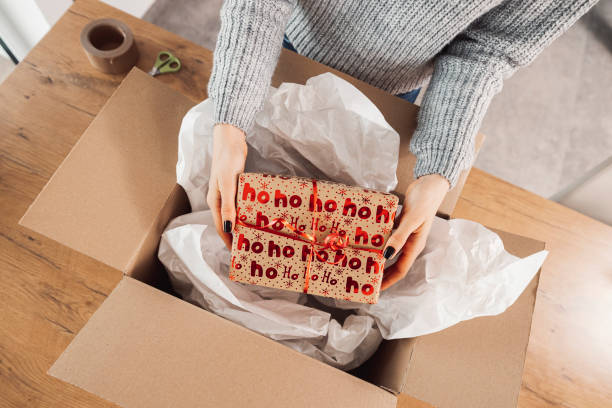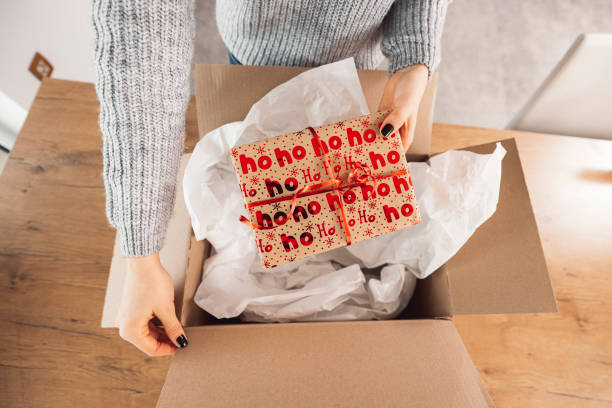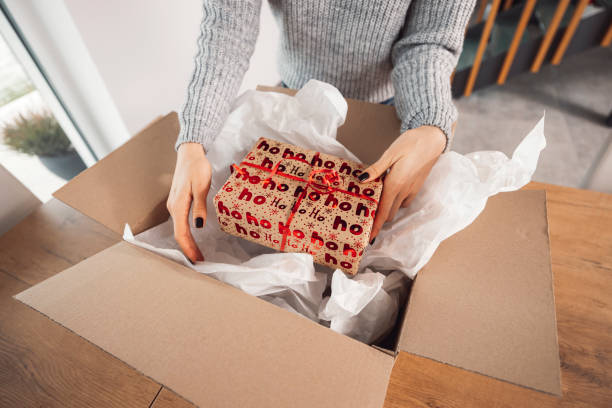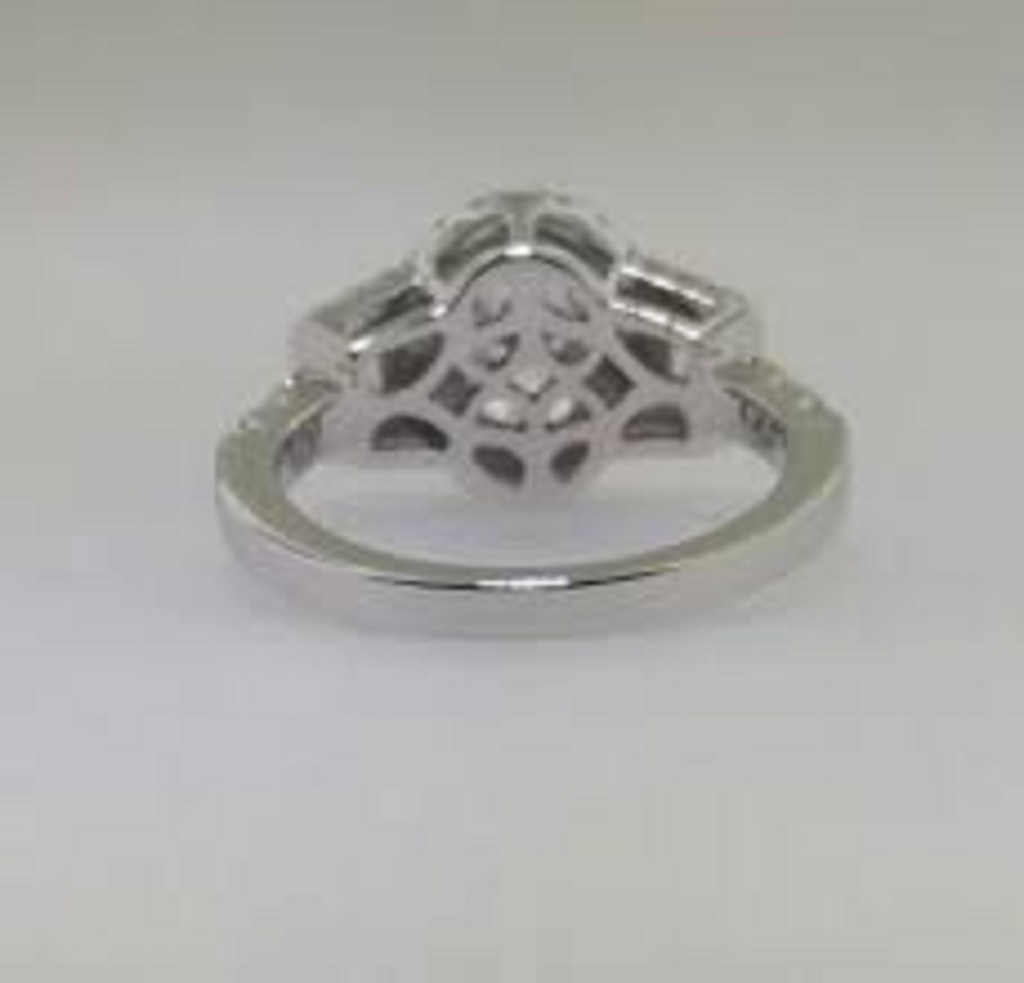The Process of Branding and Customer Connection with Custom Packaging Boxes
Diving Deep: The Way Shape, Hue and Fonts Define Perception
The last time you received a package and you felt something? It may have been expectation, delight, something of amazement. There is no coincidence. The firms spend millions in refining their custom packaging boxes in order to ensure that when you lift its lid off it, you experience the feeling that they desire you to experience. All right, roll up the sleeves and let us take things to pieces to see how color combined with typography can turn simple boxes into vehicles of pleasure and above all marketing magic.

Behind First Impressions- the Silent Salesperson of Color
Illustration The color is the unsung hero in packaging design. It says it all even before you hear the brand name. According to research conducted by Kissmetrics, 85 percent of the buyers mention color as the first legitimate justification of buying a given product. What is happening behind the scenes? Let us analyse it.
Brands also tend to use colors as a means of evoking feeling. Red shouts alarm, excitement, or even a little luxury (think Coca-Cola or Supreme). Blue makes things cold informing you of reputability and relaxation. Why do the tech gadgets come mostly in white or black packaging? That’s deliberate. White is accurate and possible, black points out exclusivity.
Every shade says something different to your unconscious. The analogy I want to use here is the rainbow of decongesting substances where pastels symbolize sweet, natural products and metallic gold or deep, dark colors repackage antiaging serum. Or you assume you are making selections on the basis of needs. More often than not, you react to smart color psychology.
However, it is not only about being noticed on the shelf. There is a promise painted in color with custom packaging boxes. Pop open an Apple product, that is clinical white container is out of this world metaphorically. Take out a Tiffany package and the blue does not merely announce itself as expensive, it announces itself as milestone. These colors form a mute handshake between you and the brand.
The Fonts that Whisper, Shout and Steal Attention
Another mute hero is typography. It is not only spelling the name of the brand; it creates the vibe. Suppose you think about it, you open a box of wine, and there is a handmade, curvy script, does the idea of a party with grandma come to your mind? Or does an extra bold, no-parenthesis all-caps font inform you that this vintage is serious? You can be nearly tasting the difference.
The rule book has been banished by Millennials and Gen Z they need fun, informal, and even quirky fonts. Serifs have given up the ghost and given way to bouncy, hand-drawn typefaces in snack foods and no-nonsense, straight-forward sans-serifs in gender-neutral skin. The typeface of the box is what is expected in it.
Packagings require typography to overwork. Packages do not receive a lot of attention like in a magazine or a web site. The king of legibility. However, that is not everything. The shape of a letter, the tracking (space) between them, the contrast of color, etc., all these aspects gang up to guide your perception.

Imagine that you are opening an expensive candle. Warmth and richness come to mind as cursive gilded gold-embossed spelling out of the word Amber Oud. Critical black, harsh but matte letters, blocky shapes? That candle all of the sudden appears to be modern and bold. Fonts tell tales that you are not quite up to lighting the wick.
The Opening- The Experience the Gen Z will Post about
It is no longer unboxing as part of a secret handshake. It is a show and on YouTube alone there are now more than 90,000 unboxing videos. Smart brands are lensed-based. Each layer, each unveil is European.
This is where the color and type can play a role in a drama. A splash of color inside the box catches the eyes of people and makes them look inside the camera and gasp. Inspirational quote written in large and over-sized font? Screenshot-worthy. This is not what people want to memorize about the product particularly but what electrifies them when they have an interest in knowing what is in store.
People purchase dreams and experiences today. They post their best moments in social media and include the brands that made it special. Thoughtful packaging, the use of colors and fonts turns into a free billboard that accumulates thousands of impressions with a single post. That is gold in marketing in the era of a minute attention span that stretches only to the duration of a Tik Tok.
Small features- Major Marketing Bucks
So, let us do some calculations. A Dotcom Distribution research indicates that 40 percent of consumers share photos of interesting-looking packaging. It is not merely vanity metric. The share is the same as an organic advertisement, with a reliable voice on its background.
Companies that paint their companies in their brand colors on every square of objects receive repeat returns that go up by margin of 30%. Brand recognition increases by 80 percent when consistent typography is used. Think of what that ripple effect is like: all of those lovingly packaged boxes continue forever in social feeds and memory to be a part of the product itself.
Unenthusiastic boring wrapping speaks, saying, another box. Remarkable packaging screeches, “remember me whenever you notice this color or font!” Suddenly, thousands of people have your brand in their heads housed.
Secret Sauce match Inside to Outside
Have you ever spent your money on good quality chocolates and seen that it is placed in flimsy colorful boxes? Bittersweet, literally. You can get the attention but you must fulfill your promise.

The leading brands will pull this tight-rope trick by experimenting with texture and color consistency, and stacked type styles. The boxes can have a gradient illumination, text will slide across whatever surface it is on, and a phone screen logo will be as legible as in real life. It is cross-channel compatibility.
Suppose we have a brand of cosmetics that problematizes as being environmentally concerned. Dull, nature-driven colors and simple, smooth fonts remind about their sustainability values. Whenever a fan takes a picture, the packaging is still a mouthpiece of the brand although it has not said anything.



